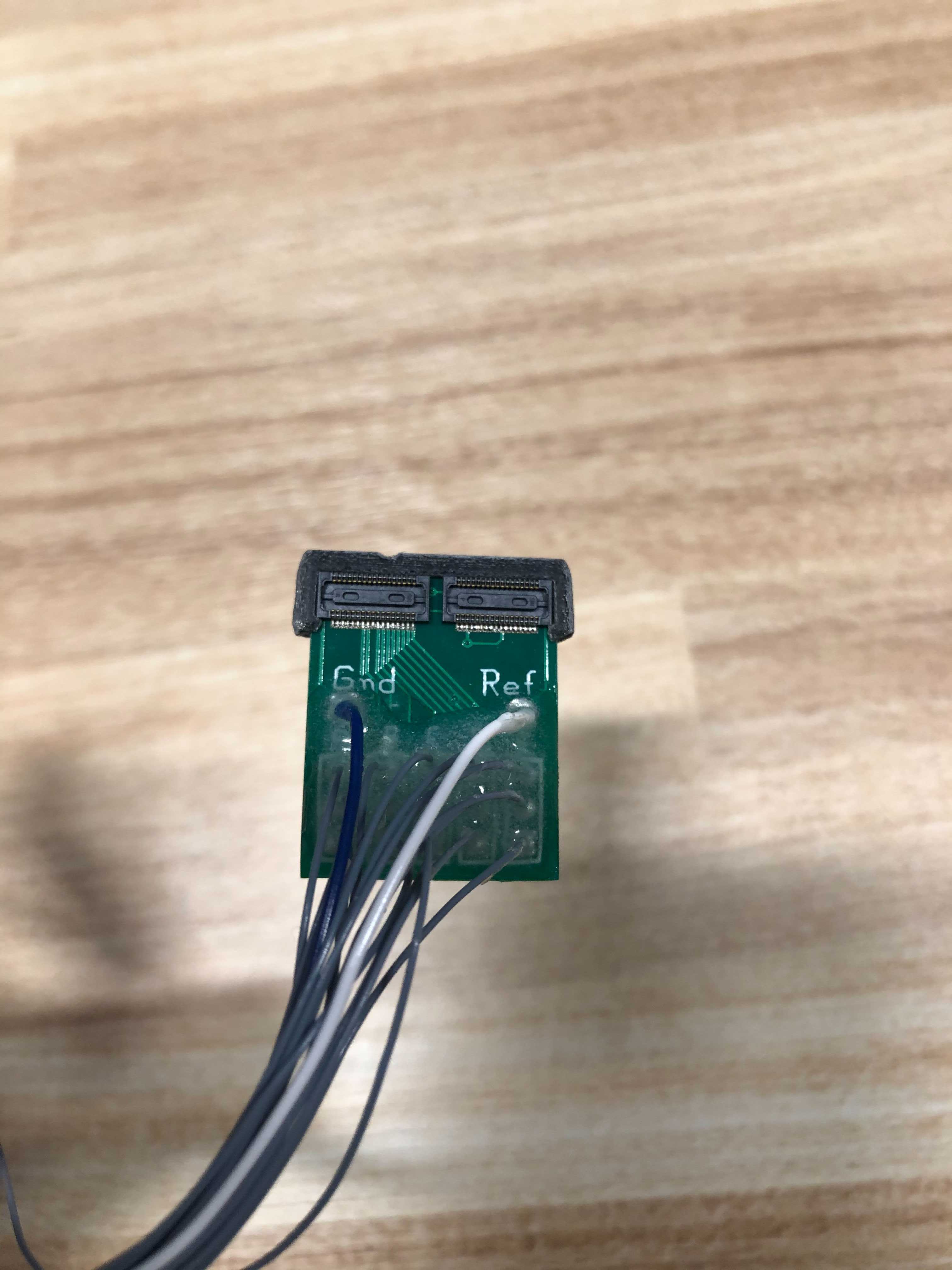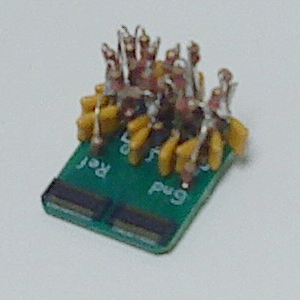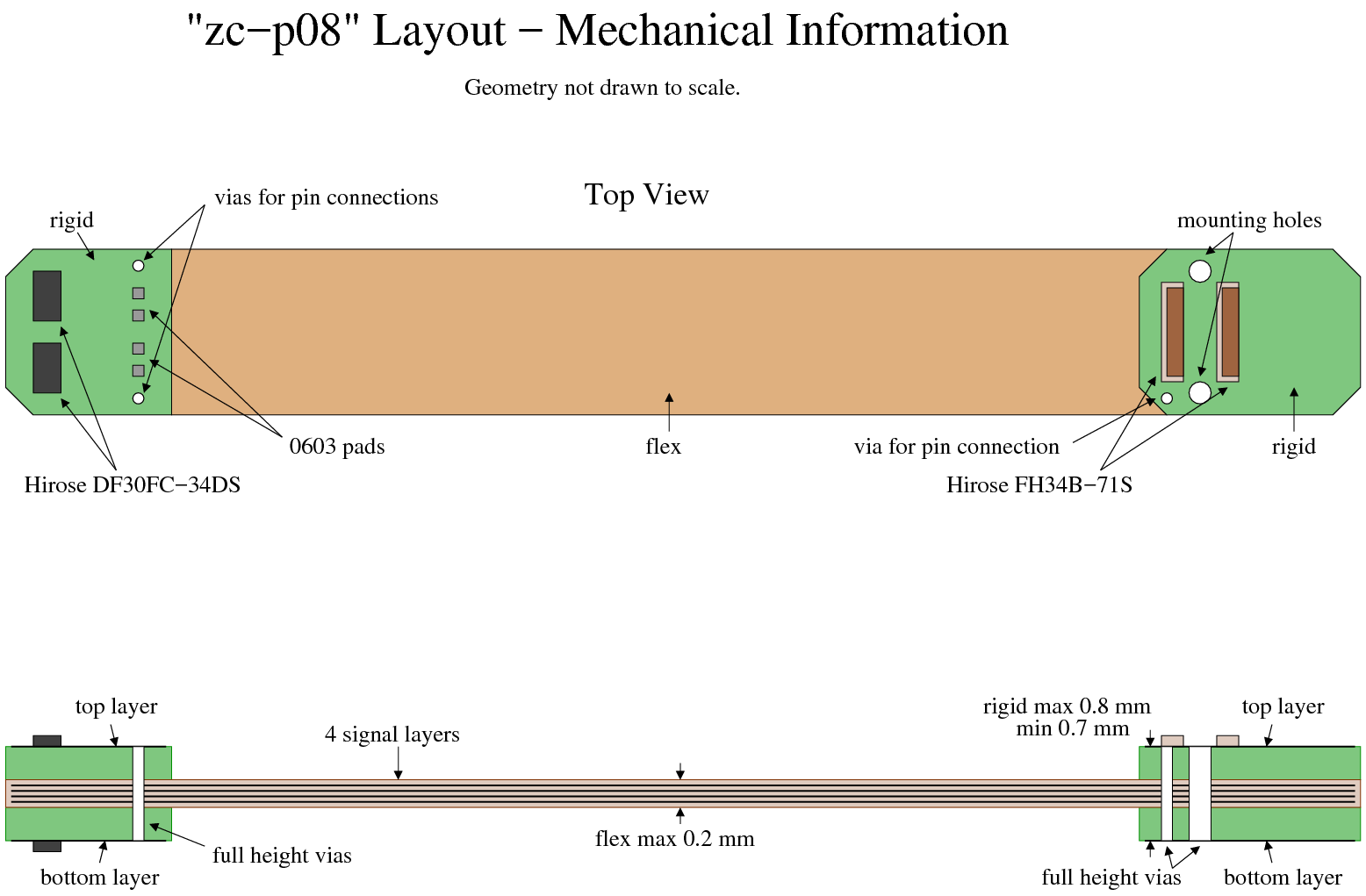Custom Probes, Headstages, and Cabling
The goal of this project was to acquire linear probes capable of
simultaneous recording and stimulation. My role in the project was to
develop a design specification based on the project requirements, to
design hardware or outsource the design where appropriate, and to work with
vendors to source the custom hardware elements needed.
In broad strokes, project execution was as follows:
- Project requirements specified Intan Technologies recording and
stimulation controllers, headstages with Tucker-Davis Technologies ZIF-Clip
128 form factor, and custom 64- or 128-channel probes from several vendors.
The headstages needed to be far enough away from the probes that many probes
could be used with each experiment without mechanical conflict.
- I designed a cabling arrangement with shielded "heavy flex" adapting the
headstage to an intermediate connector and unshielded "thin flex" adapting
the probes to the intermediate connector. I defined the interfaces between
the thin flex and heavy flex and between the headstage and the heavy flex,
and between the headstages and the Intan recording and stimulation equipment.
- Headstage layout and fabrication was contracted to Tucker-Davis.
- I designed the "heavy flex".
- I coordinated with probe vendors to finalize the specification of the
probes and of the cabling for each probe. Two probe vendors each designed
their own "thin flex". A third vendor designed their own cabling that mated
with the "ZIF-Clip" directly.
- I designed an electrode interface board (EIB) that allowed connection of
tungsten wire probes to the "ZIF-Clip" headstages.
- I performed integration testing and verified that the combination of
elements was electrically and mechanically compatible with the experiment
setup.
The headstages, cabling, and probes functioned as-intended, and they remain
in service.
ZIF-Clip Design Specification
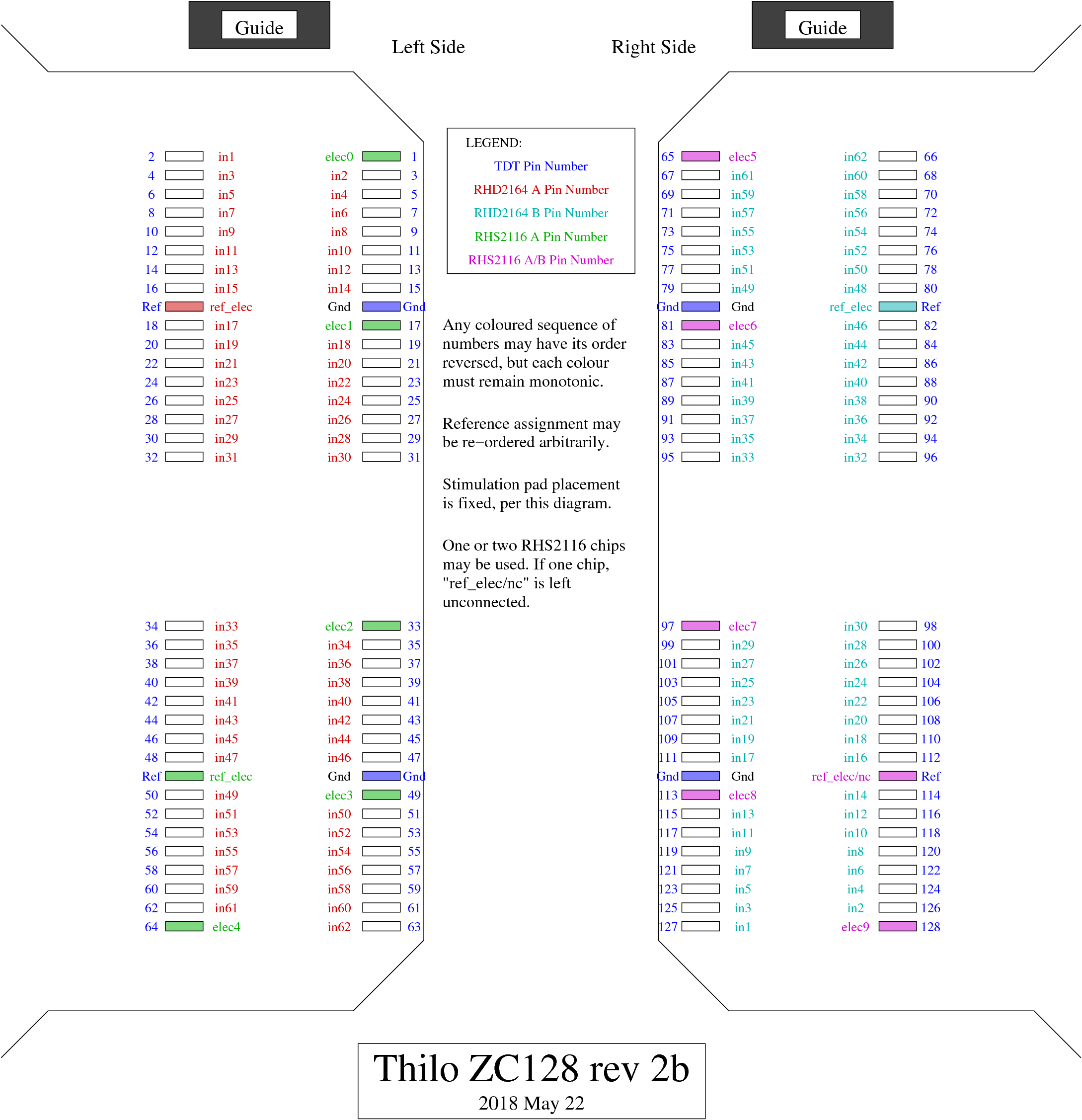
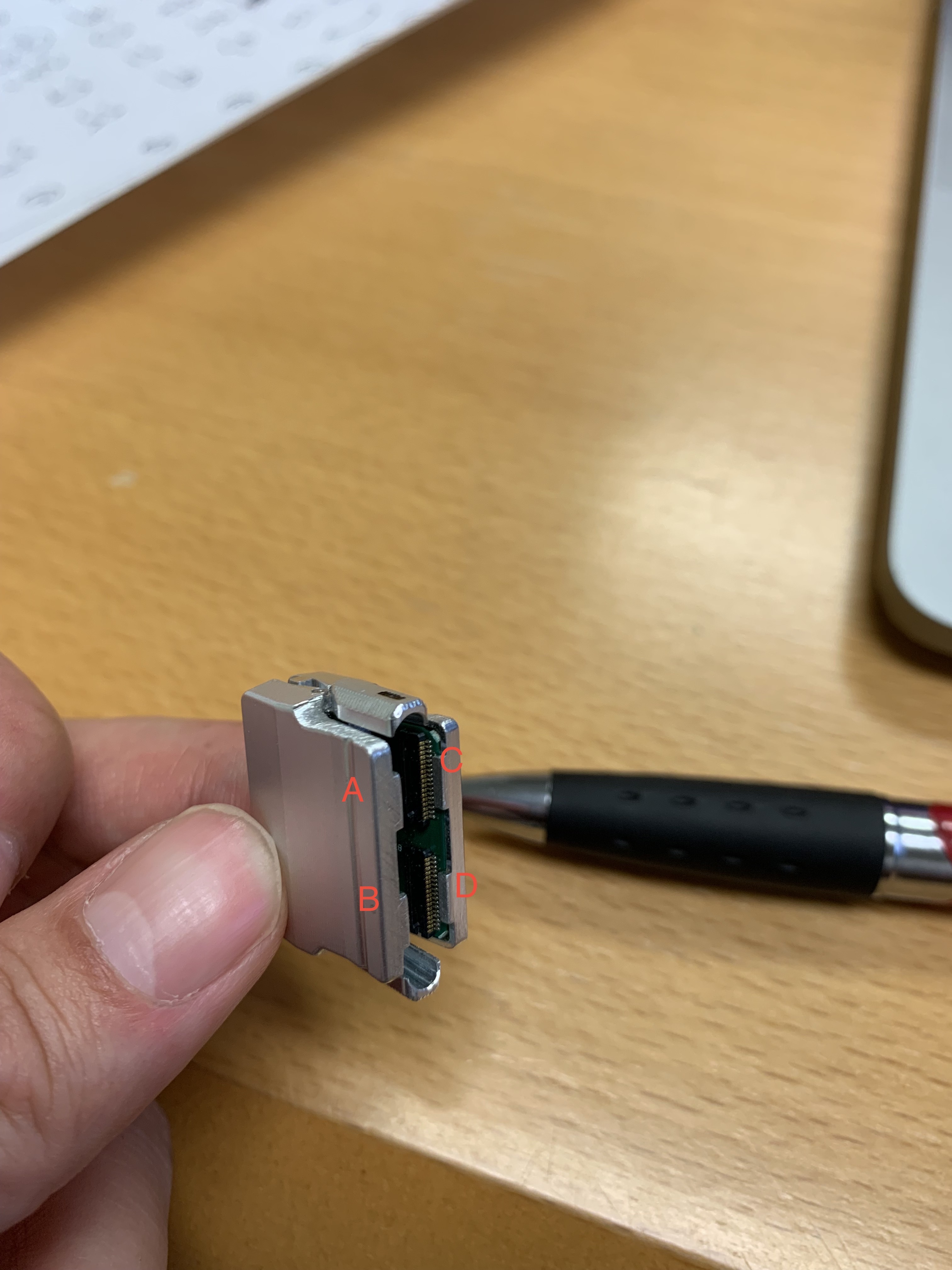
Heavy Flex Design and Implementation
Probes With Thin Flex
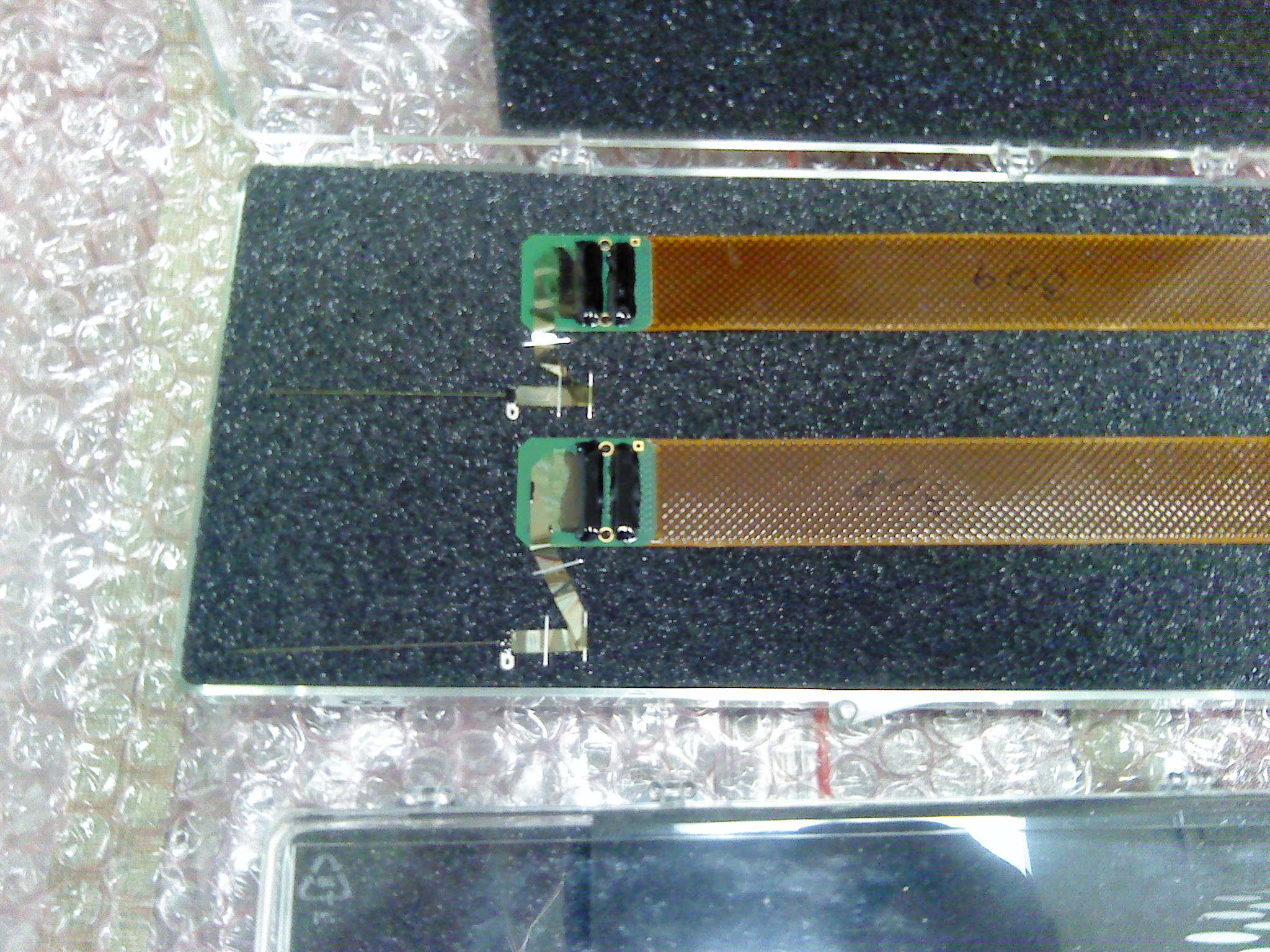
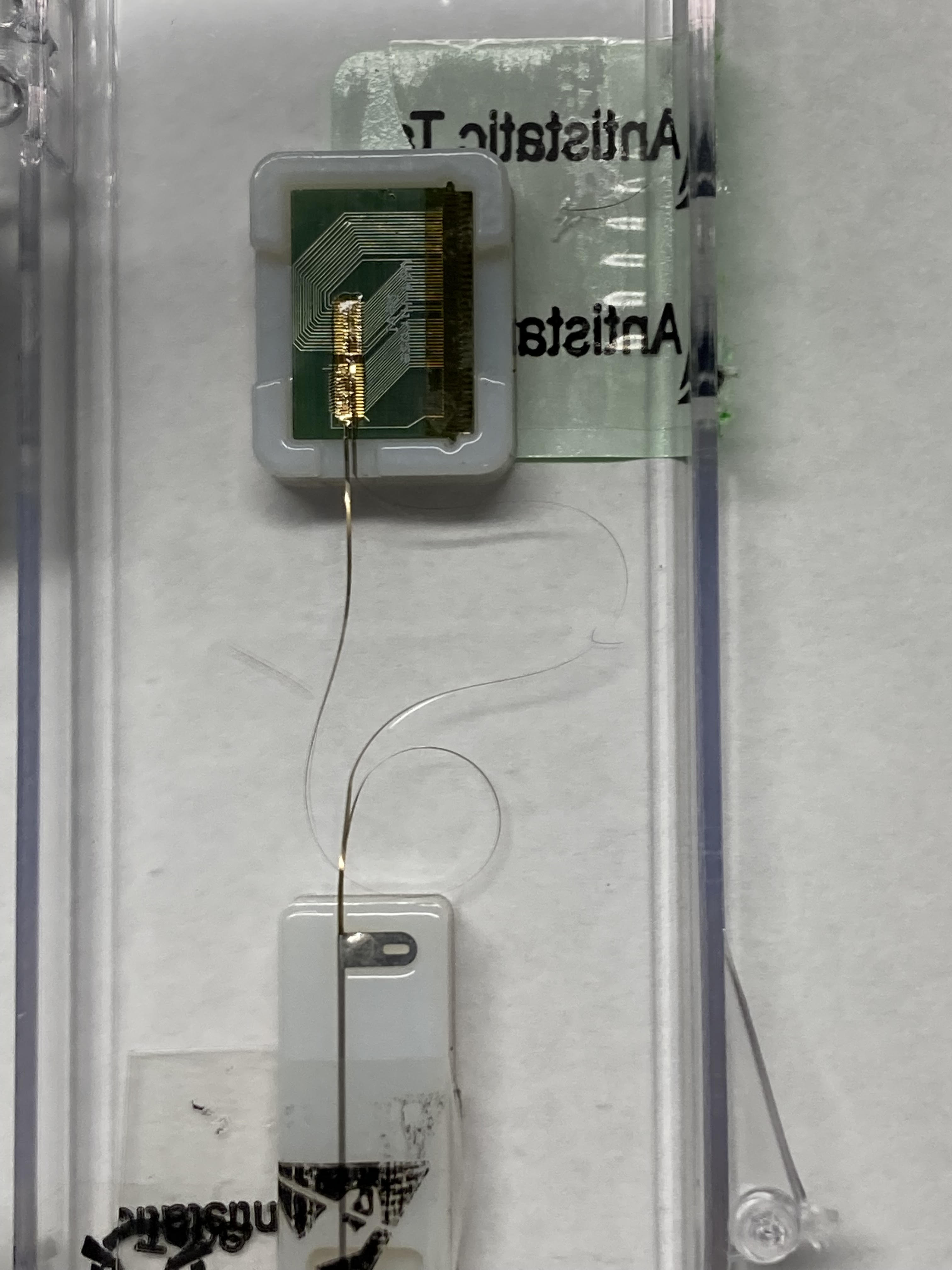
Electrode Interface Boards

